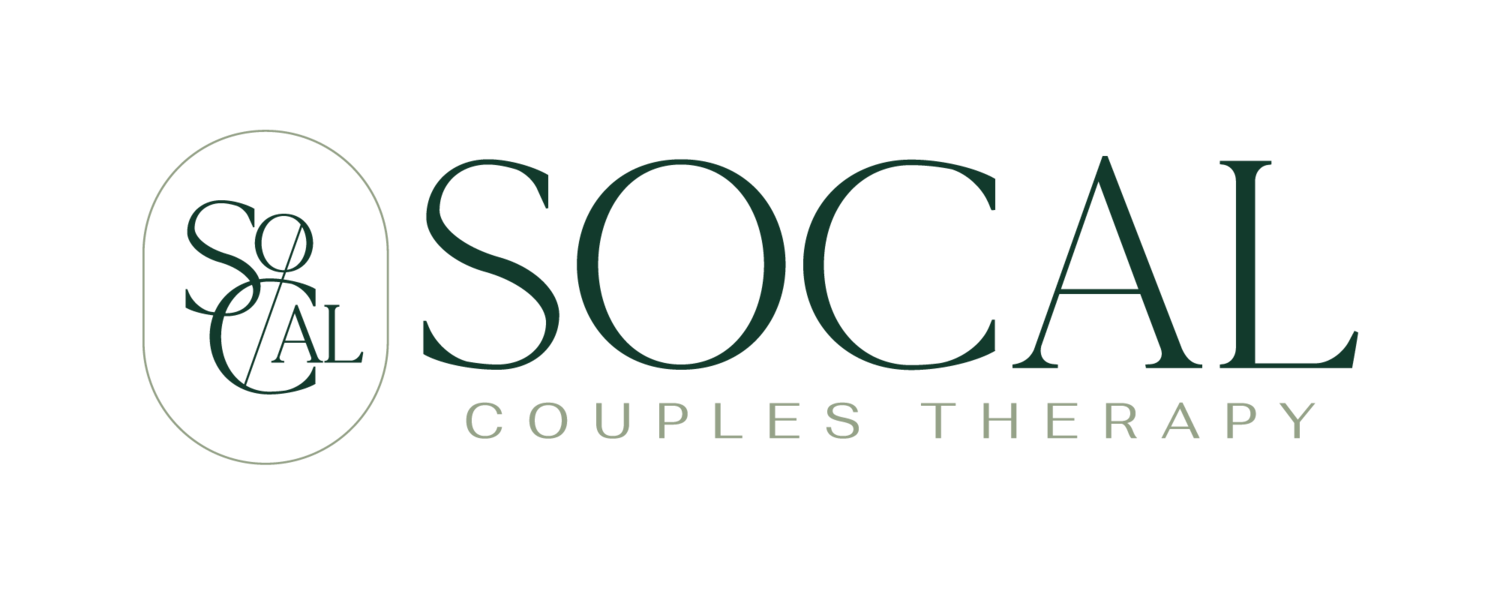
The Doherty Approach
Experience teamwork in your relationship. Gain confidence in conflict management skills. Deepen friendship + intimacy.

-

The Origins of The Doherty Approach
The Doherty Approach was founded by couples and family therapy expert, Bill Doherty, as a way to combine relational work (work on your relationship) and family systems work (work on managing third parties that inevitably influence your relationship)... a process missed by most other approaches to couples therapy. Couples have in-laws, children, step-children, friends and other third parties (think medical professionals, school personnel, managers, co-workers, and even individual therapists) that inevitably influence the relationship.
-

The Doherty Approach to Couples Therapy
The Doherty Approach works fast to provide valuable help to couples. Ideally, you will receive some useful feedback from the therapist within the first session and progress will be experienced within the first three to four sessions. No more lengthy assessment process prior to getting started on the work. The therapist is very active in sessions, with a deep focus on highlighting each partner’s experience in the relationship and the patterns they get stuck in. This serves to help each partner identify their own meaningful contributions to the problems in the relationship and create meaningful change.

Goals for Therapy
The goals for therapy are discussed at the first session and continually re-assessed throughout the process. They may be as specific as working through an in-law problem in the marriage or as broad as improving communication in conflict.


